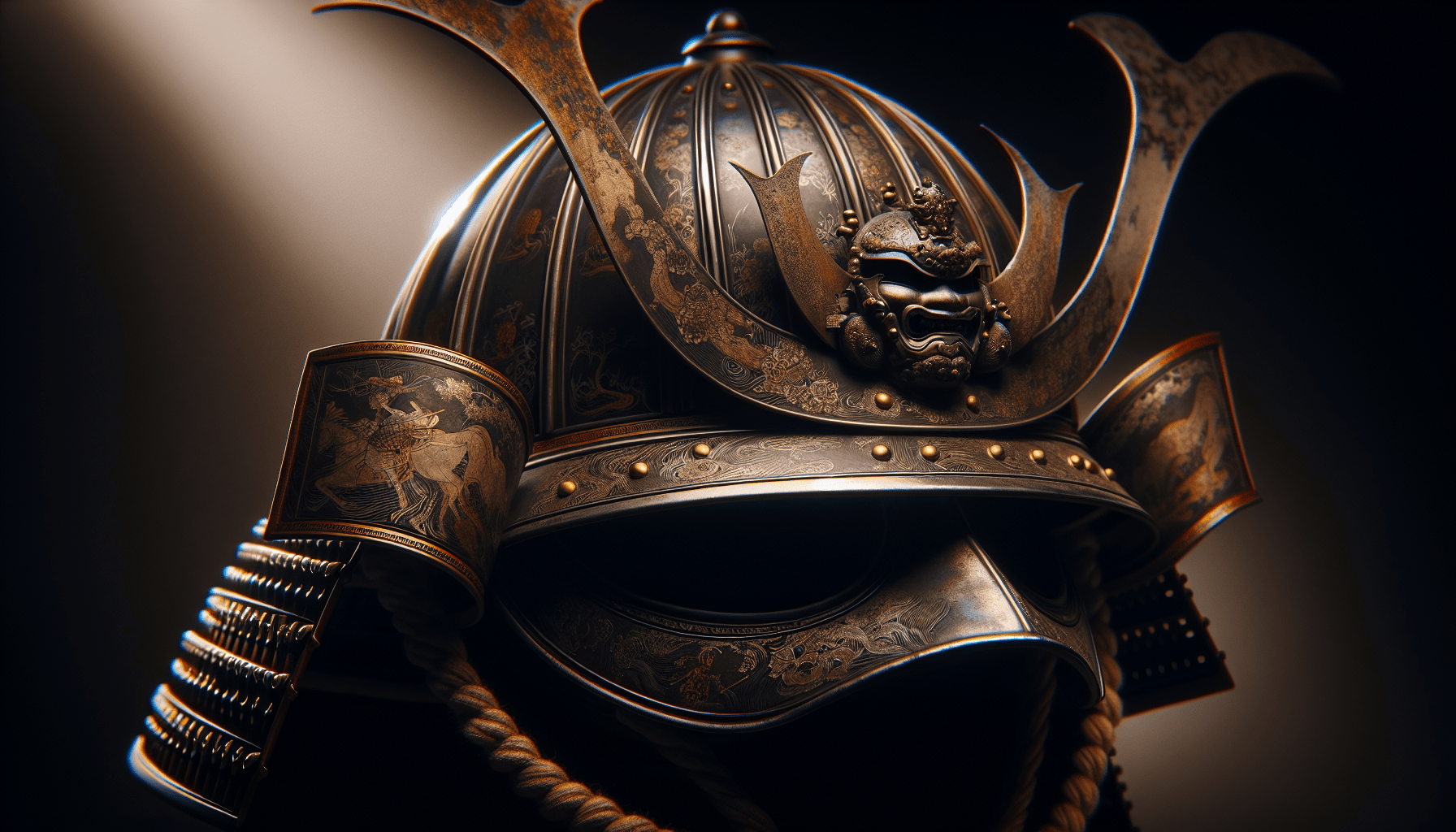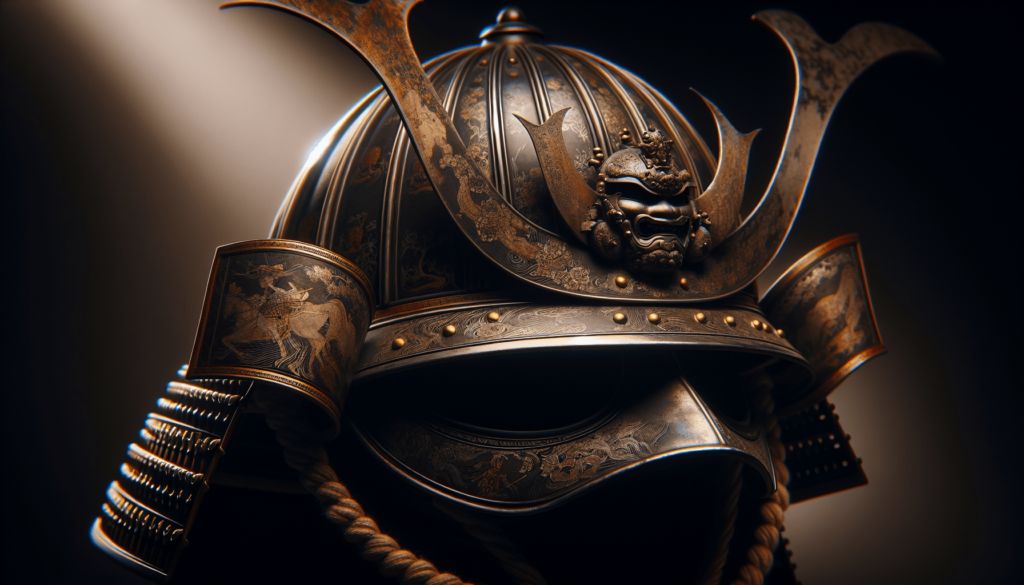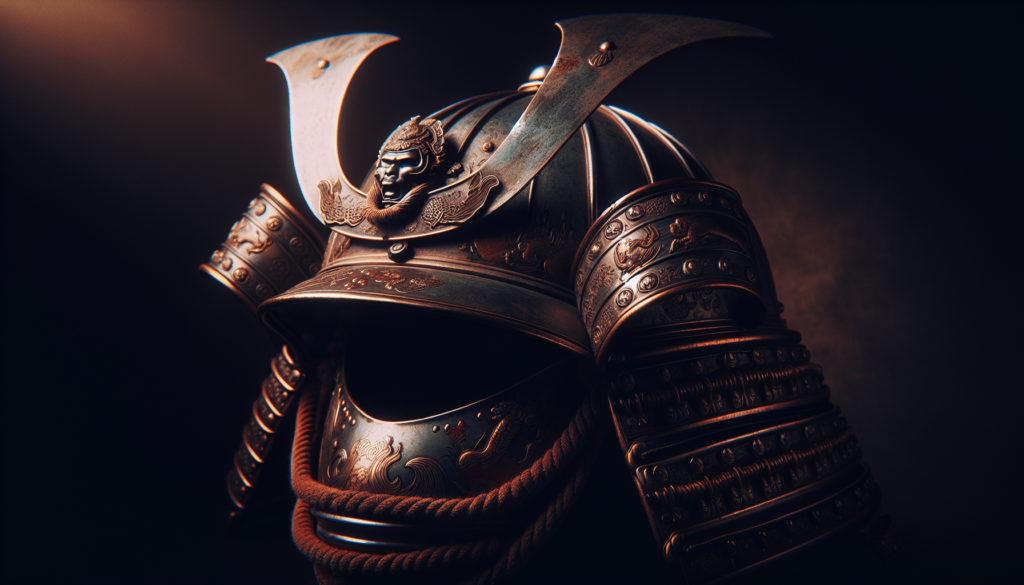
Have you ever wondered how to properly clean and maintain a samurai helmet? These extraordinary pieces of armor are not just relics of history; they are also intricate works of art. Caring for them is essential to preserve their beauty and cultural significance.

Understanding the Samurai Helmet
Samurai helmets, known as kabuto, hold a rich heritage and are often adorned with intricate designs. Each helmet tells a story, representing the warrior’s status, clan, and identity. These helmets are made from various materials, including metal, leather, and cloth, which requires special attention during cleaning and maintenance.
The Importance of Proper Care
Just like any craftsmanship, a samurai helmet needs proper care to maintain its condition. Environmental factors such as dust, humidity, and temperature fluctuations can negatively affect the helmet’s structure and aesthetics. Regular maintenance ensures that your helmet remains in top shape and appreciates over time.
Preparing for Cleaning
Before you start cleaning the helmet, it’s crucial to get organized. Here’s what you’ll need:
Essential Cleaning Supplies
| Item | Purpose |
|---|---|
| Soft cloth | To wipe down the surface safely |
| Brushes | Enables access to intricate designs |
| Mild soap | A gentle cleaner for the materials |
| Water | For dilution and rinsing |
| Polish | Adds a protective layer afterward |
| Gloves | Protect your hands and the helmet surface |
Assessing the Condition
Take a moment to examine the helmet closely. Look for any signs of rust, tarnish, or damage. Noting these details will guide you on what specific areas need your attention. It’s preferable to address any issues early on to prevent more significant problems down the line.
The Cleaning Process
Cleaning a samurai helmet should be done with care and consideration for the materials involved. Here’s how to do it step by step.
Dusting Off the Helmet
Using a soft cloth, gently remove any dust or debris from the helmet’s surface. Make sure to pay close attention to the crevices and decorative elements. Avoid using a rough cloth or abrasive materials as these can scratch the surface.
Spot Cleaning With Mild Soap
If you come across stubborn stains or smudges, mix mild soap with water. Dampen a soft cloth with the solution, wring it out so it’s not dripping, and gently dab the stained area. Never rub hard, as this could damage the protective finish.
Handling Decorative Parts
If your helmet has intricate designs or plating, use a soft brush to clean between the crevices. Brushes with soft bristles can effectively remove dust and dirt without harming the delicate surfaces. Always work delicately!
Rinsing and Drying
After cleaning, dampen another cloth with plain water to rinse the soap off. Again, ensure that this cloth is not dripping wet to avoid moisture seeping into the materials. After rinsing, gently dry the helmet with a clean, soft cloth, making sure no water is left behind.
Addressing Rust and Corrosion
Rust can be an enemy to metal surfaces, and so early intervention is critical.
Identifying Rust
Before treating rust, you need to identify areas affected by it. Look for reddish-brown discoloration or flaking areas, particularly around the edges and joints of the helmet.
Basic Rust Treatment
For minor rust spots, use fine steel wool or a soft abrasive pad specifically designed for delicate surfaces. Lightly rub the rusted area until it appears clean. Afterward, it’s crucial to apply a bit of polish or protective oil to prevent further corrosion.
Severe Rust Issues
If the rust damage is more extensive, consider consulting a professional. They have the expertise to restore extensive damage without compromising the helmet’s integrity.

Protecting the Helmet
Protection is as important as cleaning. Here are some tips to keep your helmet safe from future damage.
Storage Tips
Make sure to store your samurai helmet in a cool, dry place away from direct sunlight. High humidity and sunlight can cause materials to degrade over time. Consider using a display case that protects against dust while still allowing for admiration.
Avoiding Temperature Fluctuations
Try to keep your helmet in a stable environment where temperatures won’t fluctuate dramatically. Extreme changes in temperature can lead to expansion and contraction, potentially damaging the materials.
Using a Protective Coating
Applying a protective coating can add an extra layer of safety. You can use a specialized metal polish that forms a barrier to protect the metal components from moisture and dirt. Always read the product instructions to ensure compatibility with your helmet’s materials.
Maintenance Routine
Building a regular maintenance routine is key to preserving your samurai helmet for years to come.
Regular Dusting
Set aside some time to dust your helmet every few weeks. This helps prevent dirt buildup and reduces the time required for major cleanings down the line.
Monthly Check
Once a month, inspect your helmet closely. Look for early signs of wear, rust, or other issues. Addressing these concerns early can make maintenance easier.
Seasonal Deep Clean
Every few months, consider a more thorough cleaning following the steps outlined above. This will not only keep your helmet looking pristine but will also prolong its life.
Repairing Minor Damages
Over time, even with careful handling, some minor damages may occur. Here’s how you can remedy them.
Fixing Loose Parts
If any decorative pieces appear loose, carefully re-attach them using suitable adhesives or rings. Ensure the adhesive is appropriate for the materials involved, and follow any manufacturer instructions for proper application.
Touching Up Scratches
For minor scratches on the helmet’s surface, use a small amount of touch-up paint that matches the color of your helmet. This can help keep the helmet looking great and can prevent rust from forming in scratched areas.
When to Seek Professional Help
While you can care for many aspects of your samurai helmet on your own, there are instances when a professional’s touch is needed.
Major Restorations
If you notice significant structural damage, uncovering rust beneath layers of paint, or other extensive repair needs, it may be best to consult an expert. Their experience ensures your helmet is restored to its original glory without further damage.
Authenticity Concerns
If your helmet holds significant historical value or is part of a collection, professionals can help maintain its authenticity. Their expertise in restoration will ensure that any work done will adhere to best practices in the field.
Conclusion
Taking care of a samurai helmet involves a blend of cleaning, maintenance, and an understanding of its historical significance. By following these tips, you can ensure your helmet remains a beautiful and lasting piece of art for many generations to come. Making it a habit to care for your helmet will allow you to appreciate its intricate craftsmanship and cultural history, and you may even find it becomes a cherished heirloom in your family. Remember, a little effort today can go a long way in preserving history!



